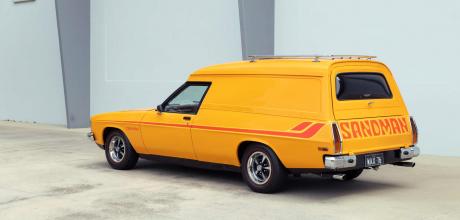1976 Holden HX Sandman Van Manual
Panel vans are prosaic machines, best-suited for goods deliveries or carting the tools of a trade with a pair of doors and seating up front, window-less cargo area down back. Yet by Australia’s mid-1970s, packs of dollied-up, bright-hued panel vans had become cult cars from Bondi to the Back of Beyond. Ford, Holden and Chrysler all turned their hand to adding sporting pretensions stripes and fancy wheels and engine options to the humble van; a marketing, and styling, exercise to cash in on a young, and mainly male, fad for dressing up work vehicles for weekend leisure. Surfing and sex were the chief leisure activities facilitated by a fancy van out of work hours.
WORDS BRUCE MCMAHON
IMAGES NATHAN DUFF
HOLDEN SANDMAN
Among these so-called ‘Sin Bins’ was the Ford Sundowner, the Chrysler Drifter and Holden’s Sandman, arguably the boldest and most popular of the trio. The General Motors’ subsidiary dipped the corporate toe in the surf with a limited run of Sandmans for the 1971 HQ series. There followed the 1974 HJ Sandman as both van and coupe utility then the HX and in 1977 the HZ version.
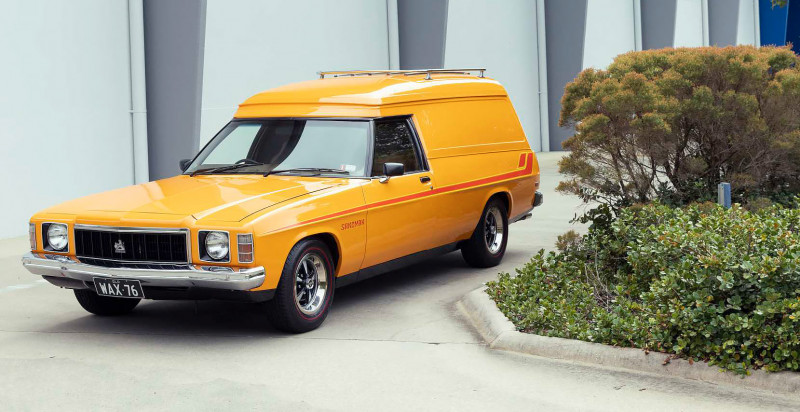
It was the time of the 1976 Holden HX Sandman where van sales rocketed and today that model is regarded by Dan Bowden as the pick of the showroom. “For me it’s the one that had the iconic stripes and Sandman across the boot lid. The later HZ went to a twin headlight front and front spoiler. But for me personally I wanted more the commercial style of the HX. My dad had a HX Sandman too, so that was sort of in keeping with back in the day. I remember we went in it to see Star Wars, one of my favourite movies, in whatever year it was released. The Sandman was always the car we wanted to take to the drive-on because all the back was nicely done. Had the whole lot going on. A cool fun car.”
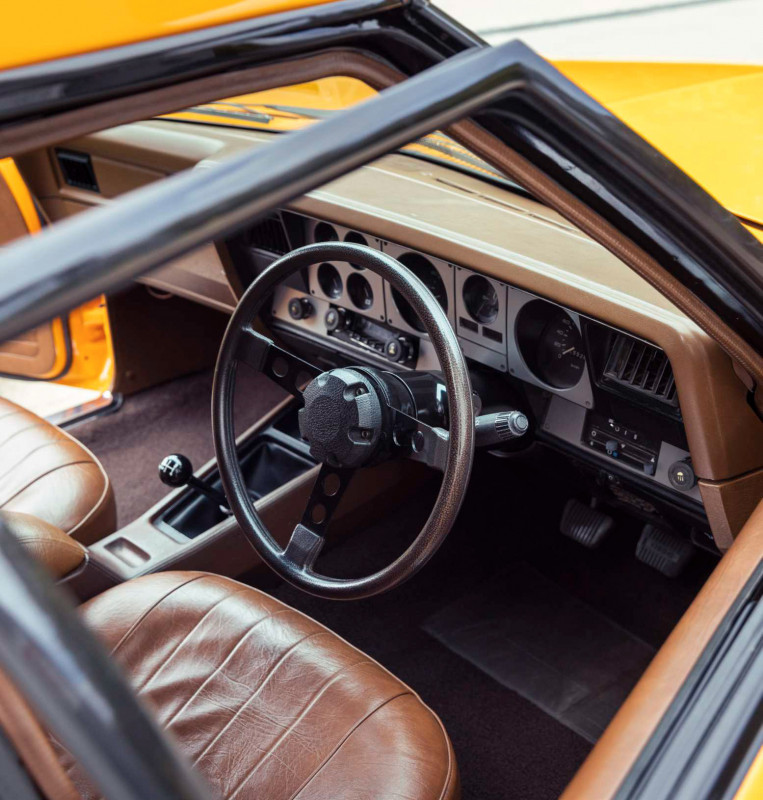
Dan’s Sandman is done over in the factory’s papaya _ a vibrant orange with orange and red and yellow decals. He bought it in 2018 after a five or six-year search because he was chasing a particular combination: “I wanted a 308 (V8), I wanted a manual and in either papaya or mint julep. Finding that combination was near impossible. The guys that have them hold on to them tightly.”
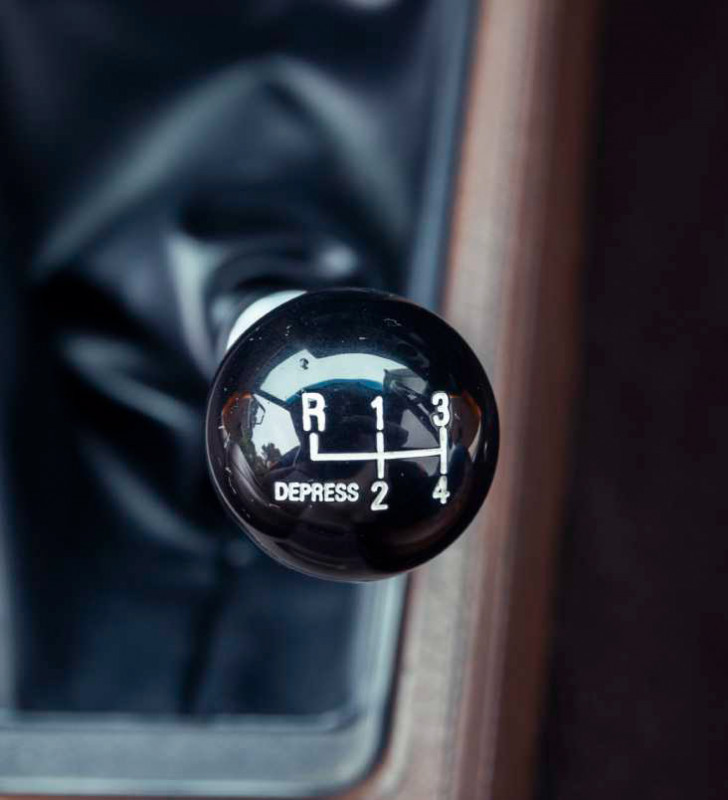
A friend spotted one with the right particulars, possibly for sale, at a show on Queensland’s Sunshine Coast which prompted surfer Dan to head west to Toowoomba. The owner was a Holden man, looking to buy a Torana LX Hatchback and, consequently, had to sell his orange panel van.
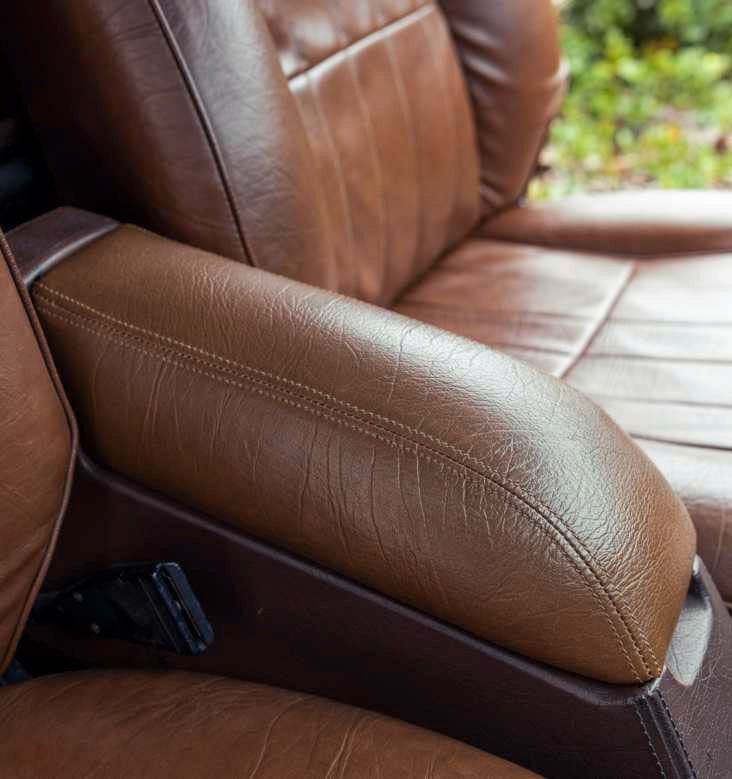
“We went for a quick drive and said ‘yes this is it’ but for me it was the numbers. It was a genuine Sandman with a factory 308, factory four-speed. But even better, it was the close-ratio gearbox from the Monaro. It was all Monaro running gear. As good as it gets. It was the right colour, the right engine-driveline combo and a genuine windowless Sandman as well.”
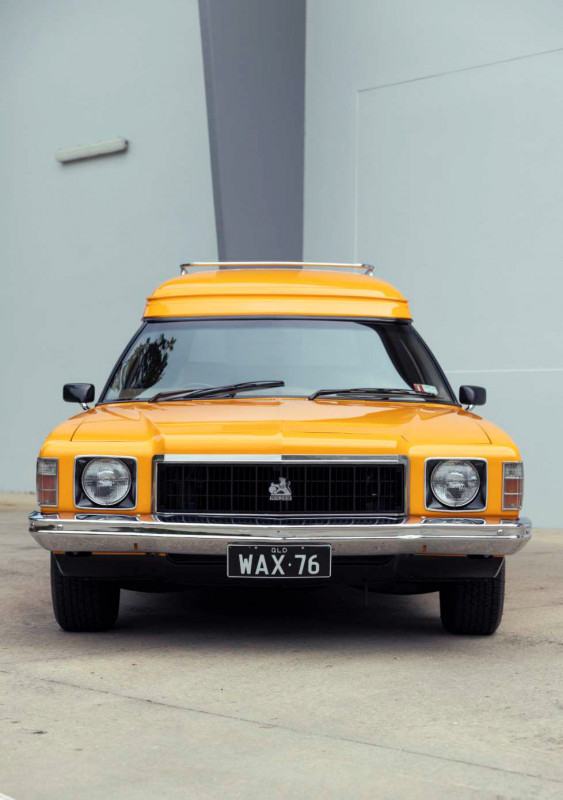
Dan tracked the van’s history from its late 1976 build in GM-H’s Adelaide factory (while most Sandmans were built in the company’s Brisbane plant) to its first sale into a town outside West Australia’s Perth in January, 1977.
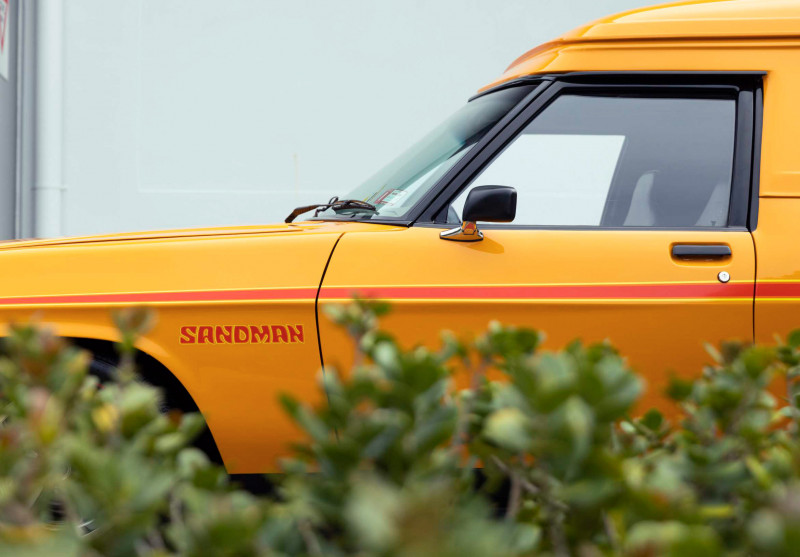
Back home he pulled his new find apart to discover it’d been the subject of a 1980s restoration. “Which basically involved a lot of bog and a lot of chicken wire.” The body went back to the metal, non-genuine flutes in the front guards removed and the van was repainted in an original, two-stage acrylic with blacked-out grille, windscreen wipers and door jams. The 14-inch steel wheels, with optional chrome trim rings, are Holden’s Rally design, as found on HX Monaro GTS sedans; brakes are front disc and rear drum while the rear leaf springs are lighter duty than those on a commercial Holden van in the day.
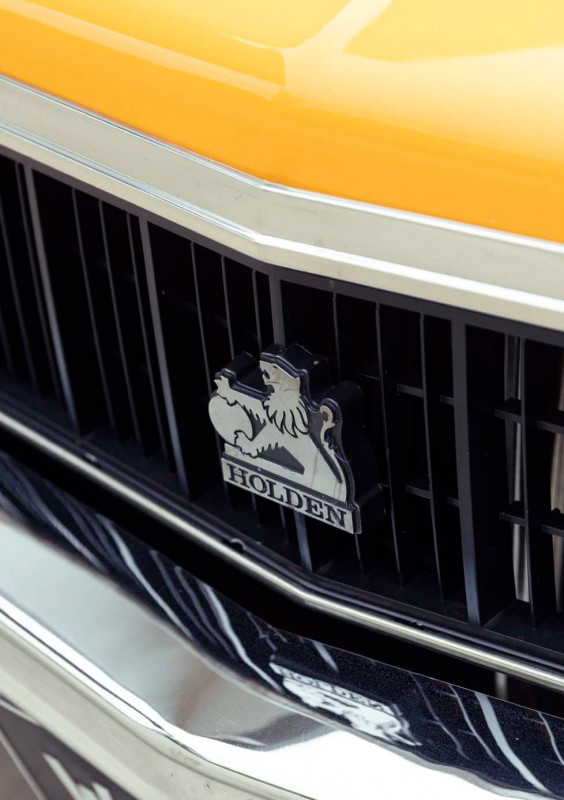
Inside it’s the original dashboard with Monaro instrumentation, centre console with floor-mounted shift lever and a roof lining which runs all the way to the tailgate of the five-metre long van one way of spotting a genuine Sandman. It boasts dealer-fitted roof racks and an aftermarket bubble rear window, Dan decided the window had been part of the van’s character for some time so left it.
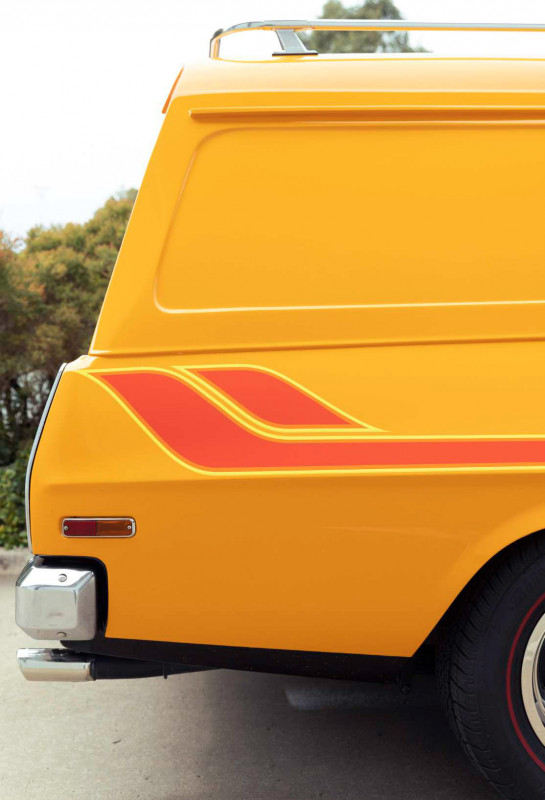
Likewise he left the Holden’s five litre V8, with some 250 horsepower, alone. The previous owner had given it a mild refresh with upgraded cam and better exhaust for some extra snap, crackle and pop.

“It’s just a wonderful car,” Dan says. “One thing that blew us away was just how well it drove, does it all so easy.” Since the 1980s Dan’s family’s been collecting and restoring race and road sedans from across Australia, an interest which motivated his father David to develop Bowden’s Own a line of car care products. The classic car collection, and the business, keeps the Bowdens on the road. “So I take the Sandman out for a drive once a month and sometimes to shows, take it to events on a long drive and it’s just magnificent. Just a real nice piece of gear. And it comes in handy for carrying gear.”

So while Fords dominate Bowdens’ 50-plus collection, this genuine Sandman has joined another four or five Holdens as keepers. “I love it. I love the bright colours and the stripes. It’s just so iconic Australian you know, it really doesn’t get much more Aussie. It has a lovely silhouette, just looks good.”
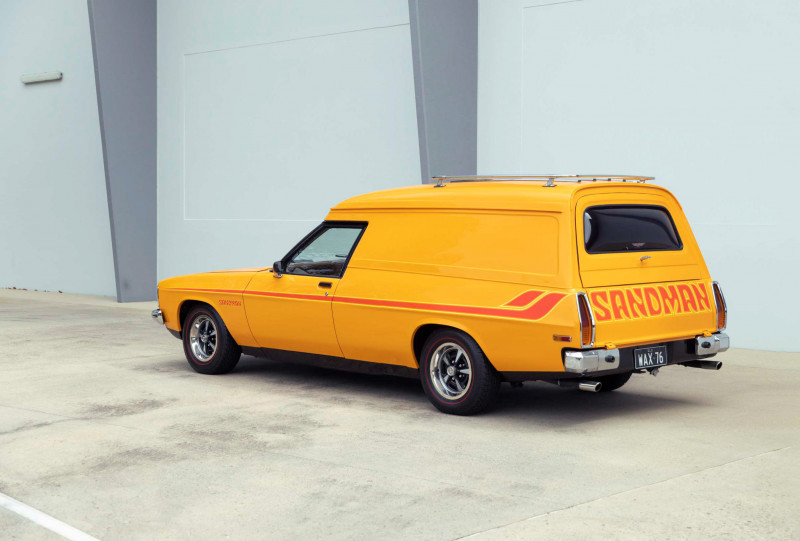
Prices for original Holden Sandmans have taken off, gone ridiculous, says Dan. His van would have cost around US $4300 when new, today some fetch US $90,000 and more.
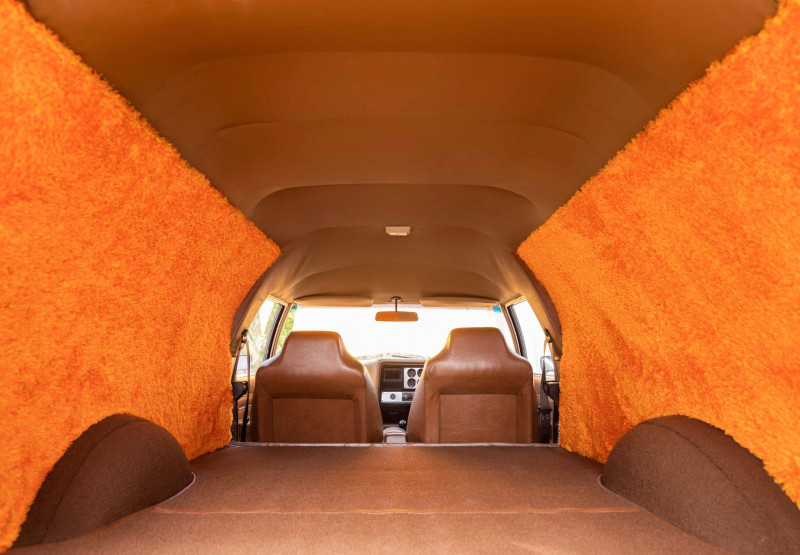
“I get it for really rare cars with hero color and driveline combos. Colors are probably more important, there were four or five good ones. Holden nailed it with its colors from the ‘70s through to the ‘80s. The Sandmans were a lifestyle styling exercise but Holden did it well and they’ve aged well.”
Plus the Holden Sandman was a cult machine on Australia’s free-wheeling surf scene. Which still well suits surfer Dan.


